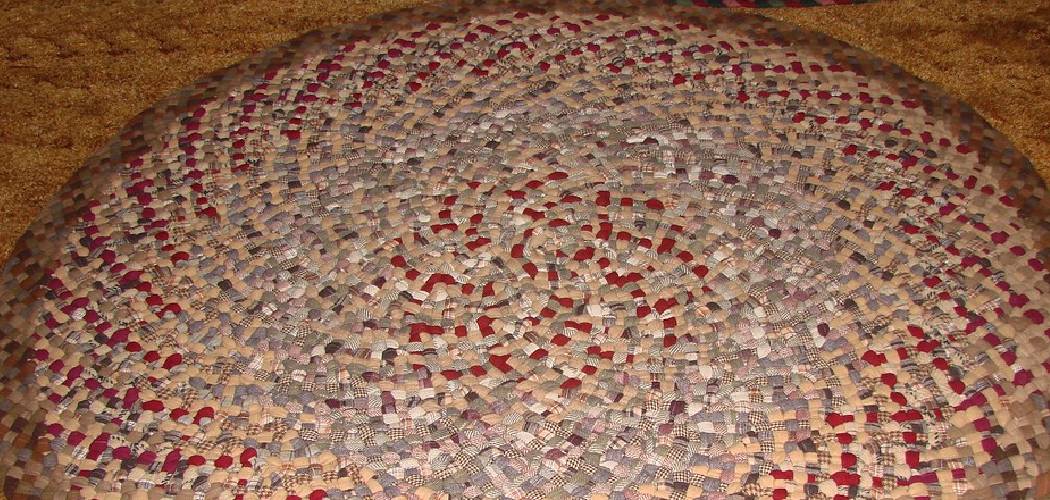Are you searching for the best way to keep your beloved woven rug looking pristine and full of life? Perhaps you have valuable family heirlooms that need special care, or simply want to know the most thorough cleaning methods.
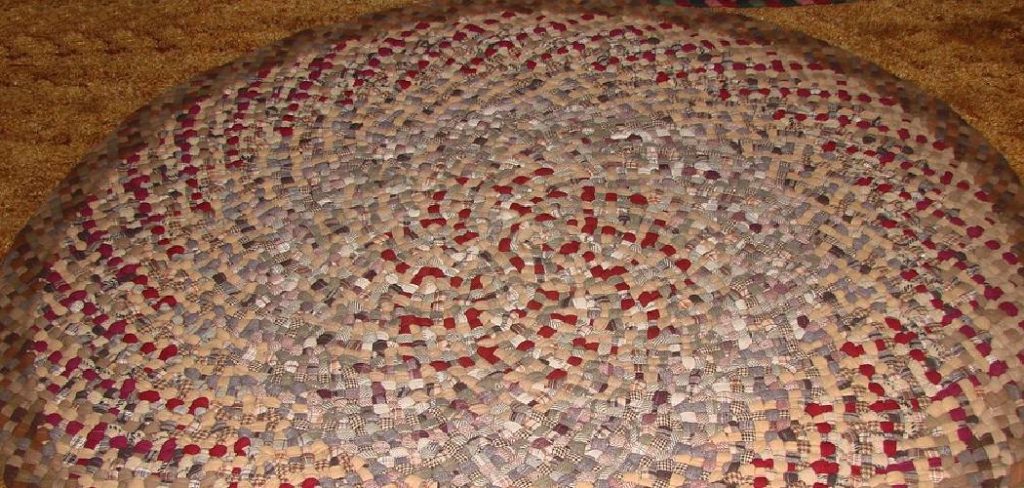
You’re not alone! Many people struggle with how to properly wash a woven rug in order to make sure it stays looking its best and lasts for years. With some simple tips and techniques, you can easily learn how to clean a woven rug efficiently while preserving its true beauty.
In this blog post on how to wash a woven rug, we’ll explore everything from pre-cleaning preparation steps and types of cleaners best used based on fabric type all the way through caring for rugs after they are washed.
Armed with these handy hacks, your favorite floorcovering will shimmer like new again – just make sure that you follow these directions carefully and safely!
Things to Consider Before You Start
Before we delve into the nitty-gritty of washing a woven rug, there are some important factors to consider. First and foremost, always read the care label on your rug! The manufacturer’s instructions for cleaning can vary greatly based on material composition – including fabric type and dyeing methods.
If you’re dealing with particularly stubborn stains or have an older rug, it may be a good idea to test any cleaning solution on a small, inconspicuous area of your rug before proceeding with the full wash. This can help ensure that there are no adverse reactions or damage to the rug.
Needed Materials
- Vacuum Cleaner
- Soft-bristled Brush or Broom
- Mild Detergent or Rug Cleaner (Depending on Fabric Type)
- Bucket or Large Basin for Soaking
- Clean Towels or Clothes
- Water Source, Preferably a Hose With an Adjustable Pressure Nozzle
- Large Outdoor Space or Bathtub (for Larger Rugs)
- Plastic Sheeting or Tarp (to Protect the Flooring Underneath the Rug)
10 Step-by-step Guidelines on How to Wash a Woven Rug
Step 1: Check the Rug’s Care Label
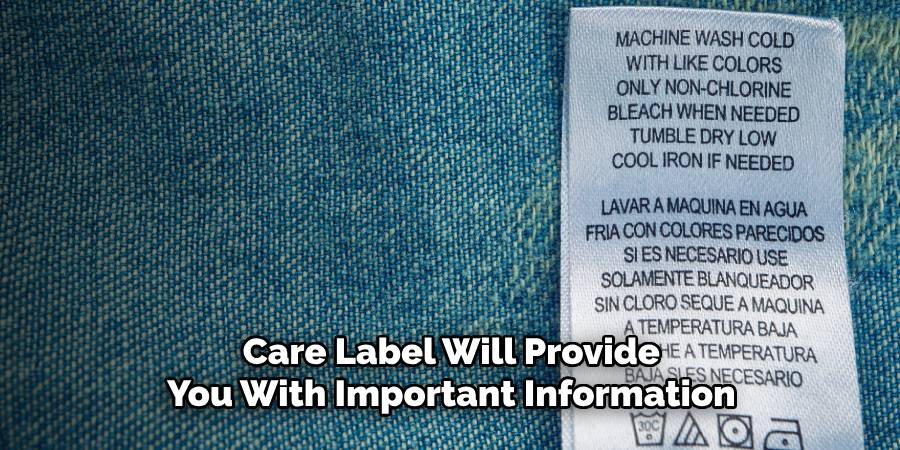
The care label will provide you with important information about your rug and its fabric type. This will help you choose the right cleaning method for it. If there is no care label, proceed with caution and test any cleaning solution on a small area first. You can also try reaching out to the manufacturer for guidance.
Step 2: Vacuum Your Rug
Start by vacuuming both sides of your rug thoroughly. This will help remove any loose dirt and debris from the surface and prevent it from getting ground in during the washing process. This step is especially important for rugs that are regularly walked on. It’s recommended to vacuum at least once a week to keep your rug clean.
Step 3: Give It A Good Shake
For smaller rugs, take them outside and give them a good shake or beat them with a broom. This will help loosen any deeply embedded dirt and dust that the vacuum may not have caught.
This step is not recommended for larger rugs, as it may damage them. You can skip this step if your rug is too large to shake and go straight to vacuuming. This will also help you avoid having to clean up any loose debris.
Step 4: Spot Clean Any Stains
If you have any noticeable stains on your rug, spot cleaning is a good idea before proceeding with the full wash. Use a mild detergent or rug cleaner and follow the instructions on the label.
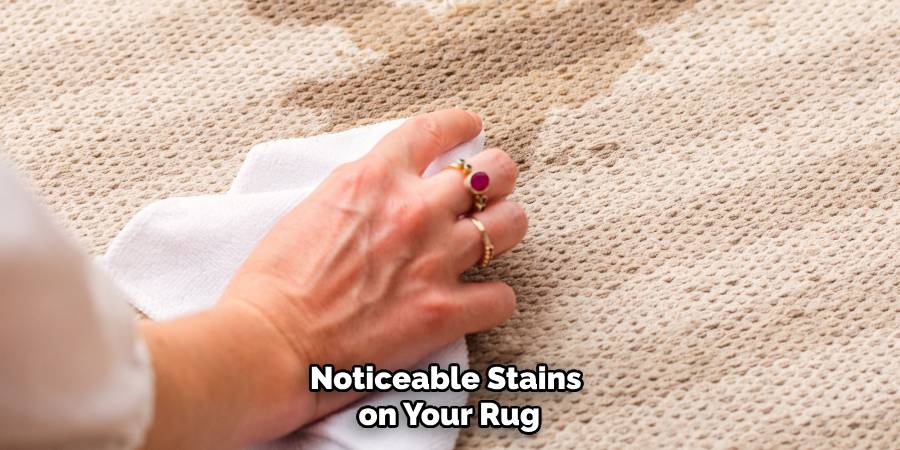
Avoid using harsh chemicals or bleach as they may damage the fabric. You can also try using a mixture of water and vinegar for natural stain removal. But be sure to test it on a small area first.
Step 5: Prepare Your Cleaning Solution
Depending on your rug’s fabric type, you may need a specific cleaner. Always check the care label or manufacturer’s instructions for recommended cleaners. If you’re not sure, mild detergent usually works well for most rugs.
Dilute the cleaner in water according to the package instructions and mix well. This will help prevent any potential soap residue from being left on your rug after washing.
Step 6: Fill a Bucket with Water and Submerge the Rug
If your rug is small enough, you can use a large basin or bucket to soak it in. If not, you can either use your bathtub or take the rug outside and lay it flat on a tarp or plastic sheeting.
Submerge the rug in lukewarm water and let it soak for 5-10 minutes. It’s important to use lukewarm or cold water, as hot water can damage certain types of fabrics.
Step 7: Gently Scrub the Rug
Using a soft-bristled brush or broom, gently scrub your rug in a back-and-forth motion. Avoid harsh scrubbing, as this may cause damage to the fibers. Focus on any particularly soiled areas and use more cleaning solutions if needed.
You can also add a little bit of detergent directly to the stained area and let it sit for a few minutes before scrubbing. It’s important to work in one direction toward the rug’s fringe.
Step 8: Rinse Thoroughly
Once you’re done scrubbing, thoroughly rinse off the rug using a hose or clean water. Make sure all of the cleaning solution is removed from your rug. Leftover soap residue can attract dirt and cause discoloration over time.
This step is crucial for maintaining the rug’s color and texture. But be careful not to use too much water, as it may cause the rug to become too heavy and difficult to handle.
Step 9: Dry Your Rug
After rinsing it off, gently squeeze out any excess water and lay your rug flat on a clean towel or cloth to dry. Avoid wringing the rug, as this can damage the fibers. You can also hang it on a clothesline, making sure to evenly distribute the weight and avoid any stretching. If you’re drying your rug outdoors, make sure to flip it over periodically for even drying.
Step 10: Protect Your Rug
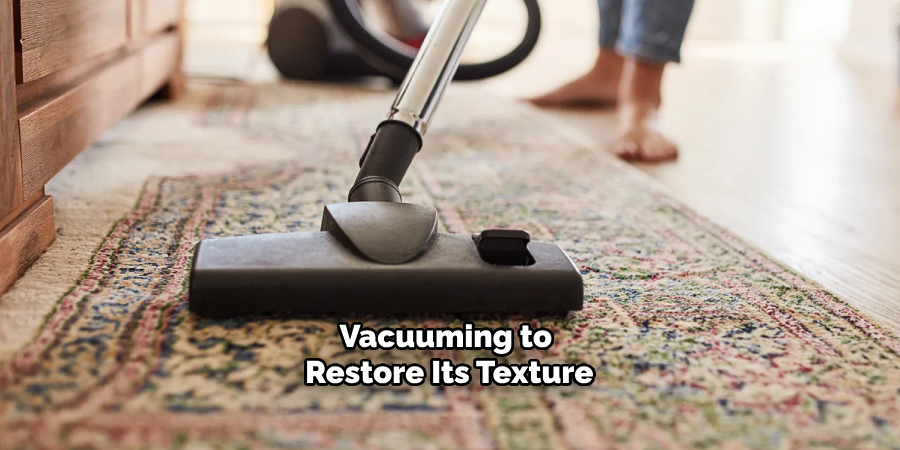
Once your rug is completely dry, give it one final vacuuming to restore its texture. You can also use a soft-bristled brush to fluff up the fibers. If you’re planning on storing your rug, make sure it’s completely dry and rolled up in breathable fabric, such as cotton sheets. This will help prevent any mold or mildew from forming.
Following these steps on how to wash a woven rug will help you properly and safely wash your woven rug, keeping it clean and looking like new for years to come. Remember to always check the care label and test any cleaning solution on a small area before proceeding with the full wash.
Regular maintenance and proper washing techniques will ensure your rug stays in great condition. So go ahead and give your woven rug some love with a good wash!
Happy washing!
Frequently Asked Questions
Q1: Can I Wash a Woven Rug in the Washing Machine?
A1: It’s not recommended to wash a woven rug in the washing machine, as it can cause damage to the fibers and ruin its shape. It’s best to follow the above steps for hand-washing.
Q2: How Often Should I Wash My Woven Rug?
A2: It’s recommended to wash your woven rug every 6-12 months, depending on its usage and foot traffic. Regular vacuuming can also help extend the time between washes.
Q3: Can I Use Bleach to Clean My Woven Rug?
A3: No, bleach is not recommended as it can damage the fabric and cause discoloration. Stick to mild detergents or natural solutions like water and vinegar for spot-cleaning stains.
Q4: Will Hand-Washing Damage My Woven Rug?
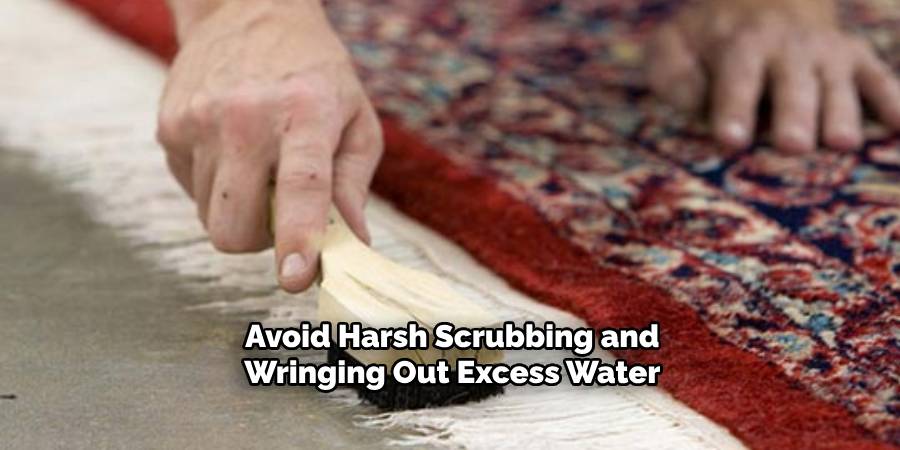
A4: As long as you use a gentle touch and follow the recommended steps, hand-washing should not damage your woven rug. Avoid harsh scrubbing and wringing out excess water to prevent any potential damage.
Conclusion
It is important to always stay on top of rug cleaning and washing as much as possible. With all the above information, your rugs will now be clean and last you a long life. Now that you have all the steps for how to wash a woven rug, why not grab a few rugs from around the house and give them a good deep clean?
After you try it out, you’ll wonder why it took you so long to start washing those beautiful rugs!
Washing your own rugs isn’t hard, and can even be therapeutic! Why would you ever pay someone else to do it when you can take control of your own home items like this? Make sure before washing any more rugs that they are completely non- connected to any item in or around your home.
Don’t forget that these same instructions may still change depending on what type of rug material it is which requires different types of cleaner treatments depending on the area and material used in the process. So get out there, get started, and enjoy yourself. You’re now an expert at DIY rug cleaning – go forth with confidence!
